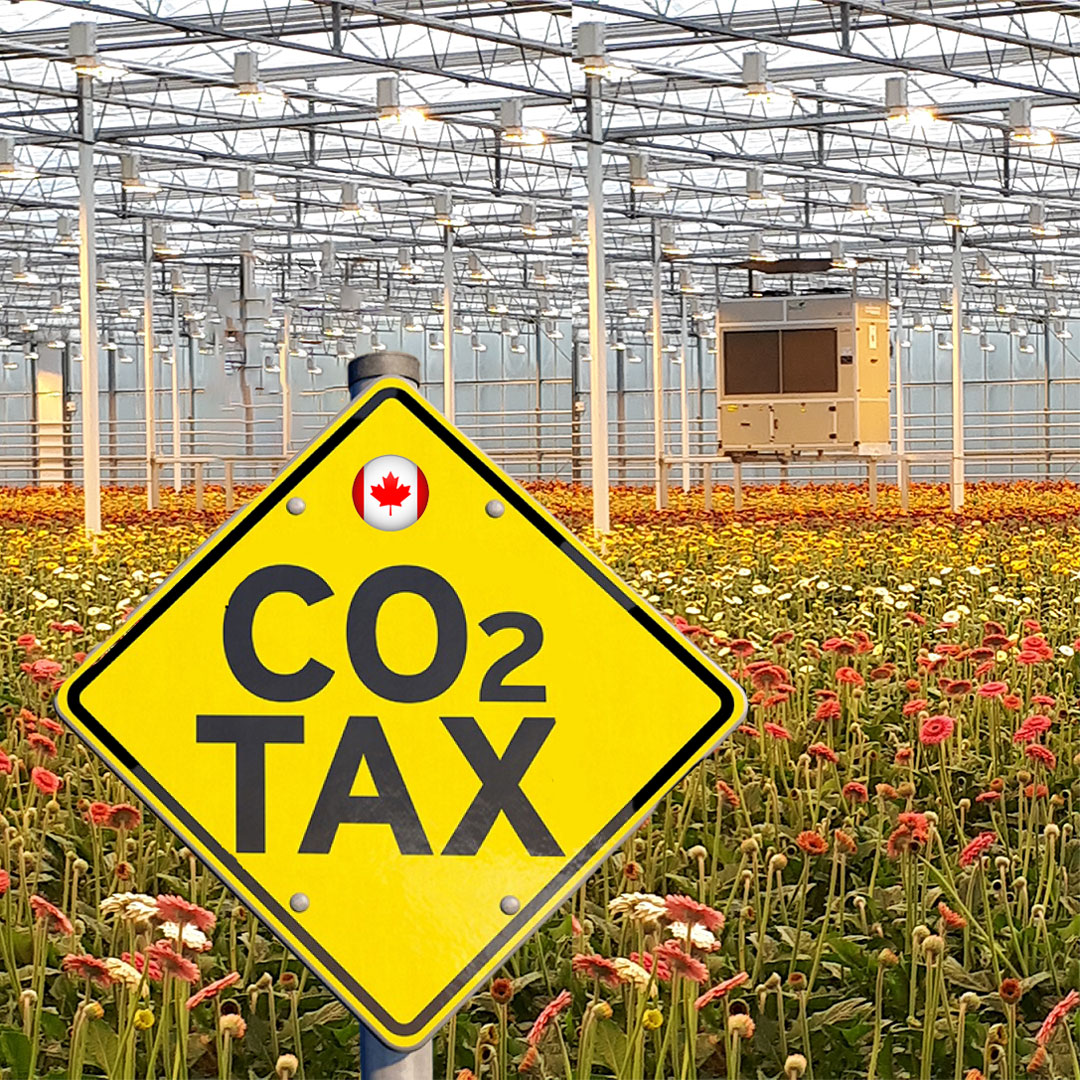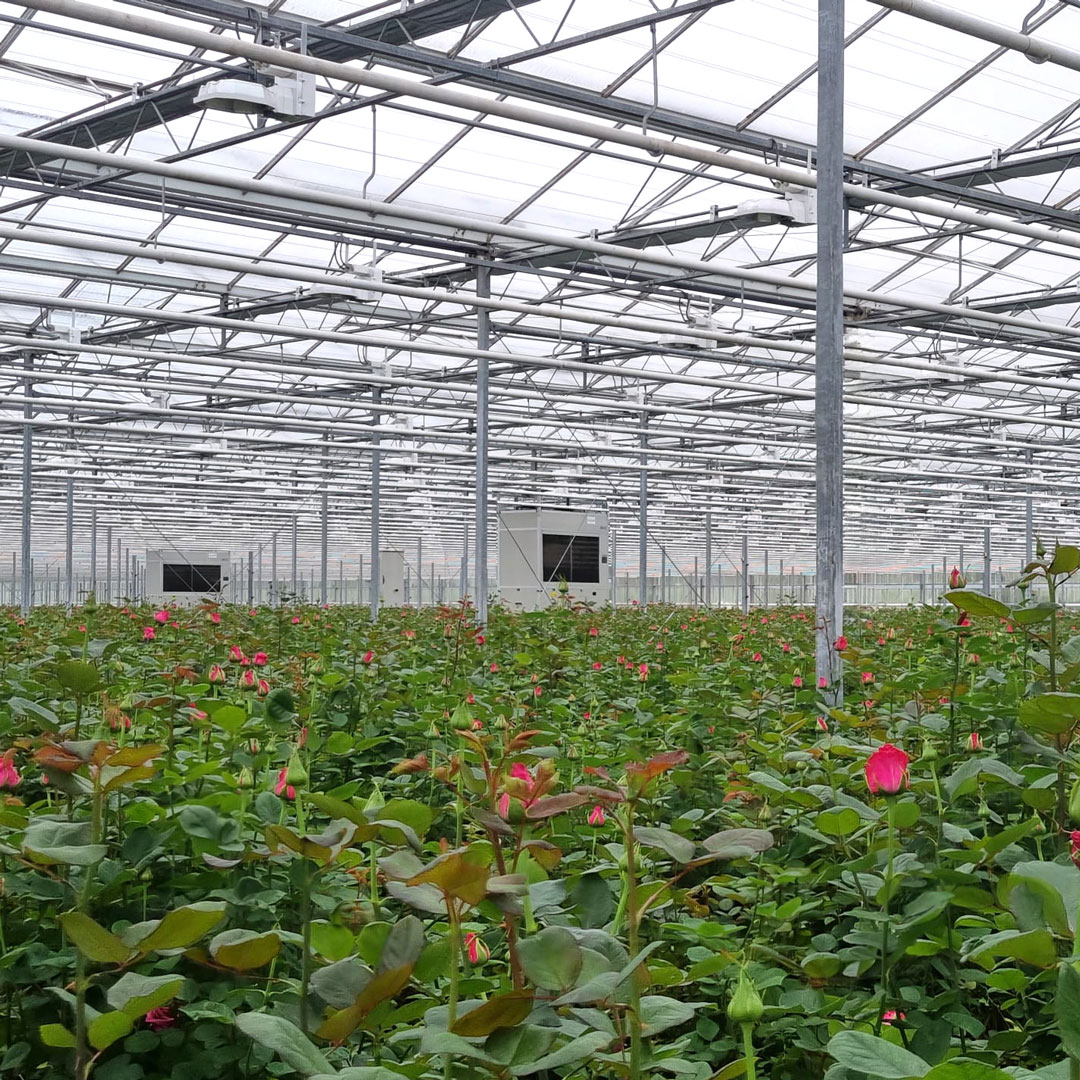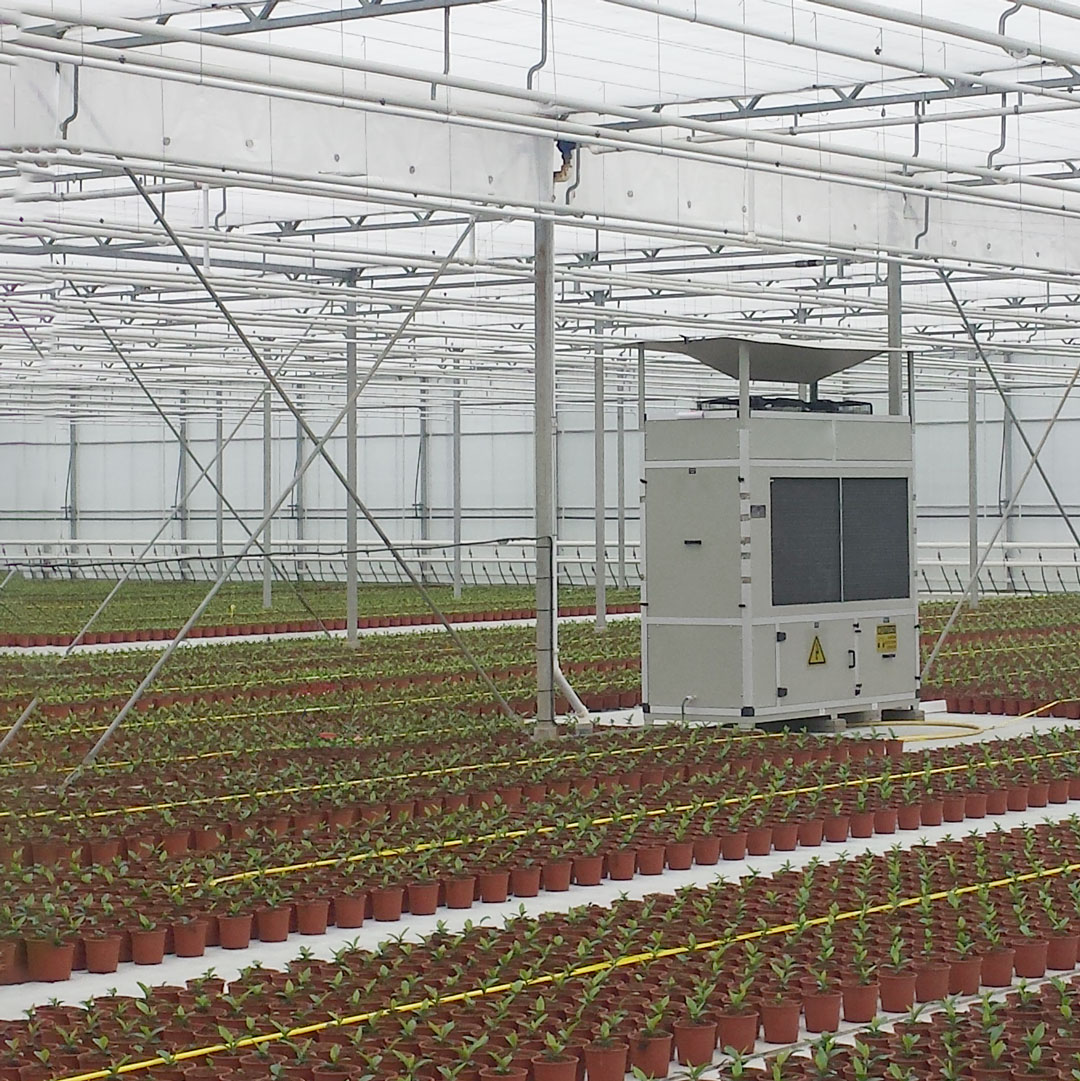Greenhouse Diseases – Understanding Plants in the Greenhouse
Greenhouse diseases require 3 ingredients – a pathogen, a host, and the right environment.
This is a simple formula, which can have devastating results for growers. Common and deadly greenhouse diseases such as botrytis (gray mold), powdery mildew, and downy mildew are known to ruin crops, as well profitability.

The Triangle of Plant Diseases
- A pathogen is a disease-causing organism. For example, a parasitic fungus or bacteria.
- The host, in this case, is the plant. If the plant’s susceptible to the pathogen, it can be infected.
- A favorable environment means that appropriate conditions exist for the pathogen attack on the host to occur, for example, temperature and humidity levels.
If all three of these conditions exist simultaneously, for the appropriate amount of time, it will result in the development of plant diseases.
Greenhouse Disease Susceptibility
Greenhouse crops can be especially at risk for the formation of crop diseases. This is due to the unique characteristics created in the greenhouse environment including:
Moderate Temperatures
Growers design greenhouses to provide the ideal temperatures for plants. Often, pathogens will favor similar temperatures.
High Humidity
Humidity can lead to the formation of water droplets on plant surfaces. This surface water is one of the conditions that enable many fungal and bacterial diseases to infect plants.
Air Movement
Ventilation and fanning systems are common in most greenhouses. Many pathogens move throughout the greenhouse, spreading from plant to plant on air currents.
Given the right combination of environmental conditions, these pathogens can infect the new plants that they reach.
Climate Uniformity
Climate uniformity can be both positive and negative.
If the conditions are uniformly suitable for pathogens, it wont be possible to stop the spread, and it will attack the whole greenhouse. But if the whole greenhouse is kept at uniform optimal conditions, then growers can benefit from large scale disease prevention.
Dense Plant Spacing
Plants that touch or are in close proximity to one another act as potential sources of disease transfer to their neighbors.
Lush Growth
Overgrown plants can have a dense canopy that makes them prone to the production of humid microclimates and spaces that are hard to reach with disease-restricting pesticides.
Frequent Plant Handling
Constant handling by workers or equipment can transfer diseases between plants or inflict wounds on plants, acting as points of entry for pathogens into the host.
Proper Management Can Eliminate Greenhouse Diseases
The conditions described above make greenhouses very comfortable for pathogens to settle in and inflict develop diseases. The impact of these outbreaks leads to yield and quality loss, increased pesticide use and additional expenses.
However, if properly managed, the greenhouse actually offers ways to prevent diseases.
Greenhouses, by definition, create an internal environment of their own. Greenhouse growers have the unique ability to manipulate the conditions within the facility to their advantage. Herein lies the key to preventing the potentially devastating effects of plant disease. By removing one side of the triangle, growers can inhibit disease outbreaks.
There are a number of ways to do this. The isolation a greenhouse creates from the outdoor environment can help restrict the introduction of pathogens. Sanitation measures such as disinfecting growing mediums and equipment can also prevent exposure and spread of disease in the greenhouse. Temperatures can be adjusted to levels that are outside of the ranges favorable to disease development.
A critical factor in preventing greenhouse disease is proper management of humidity levels. Many pathogens require high humidity levels and the resulting water on the surfaces of the plant in order to attack plants.
Keeping greenhouse humidity levels low is a powerful tool growers have for preventing disease outbreaks.
Using Dehumidification to Combat Greenhouse Diseases
DryGair offers dehumidification solutions for greenhouses and indoor growing facilities.
The system extracts excess humidity from the greenhouse and circulates the air uniformly throughout the space, to prevent the formation of wet microclimates and provide the optimal conditions to prevent humidity diseases. This is an energy efficient solution that prevents diseases before they can develop.
Greenhouse growers have the power to create the environment that they want within their facility. Understanding pathogen biology, interactions between the pathogen, host and environment, gives growers an advantage when it comes to disease management.
Breaking the disease triangle is the key to preventing disease, and producing healthy, high-quality crops.




